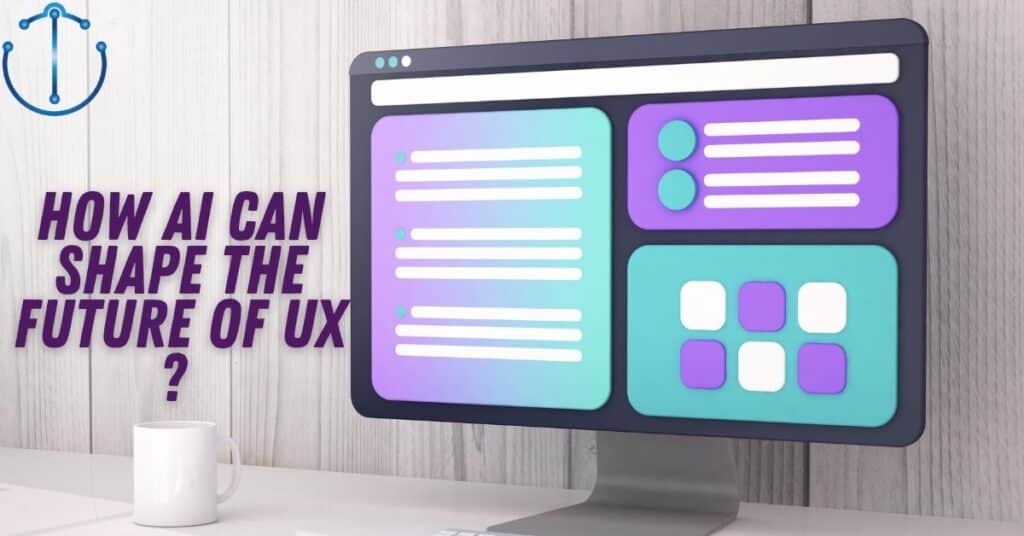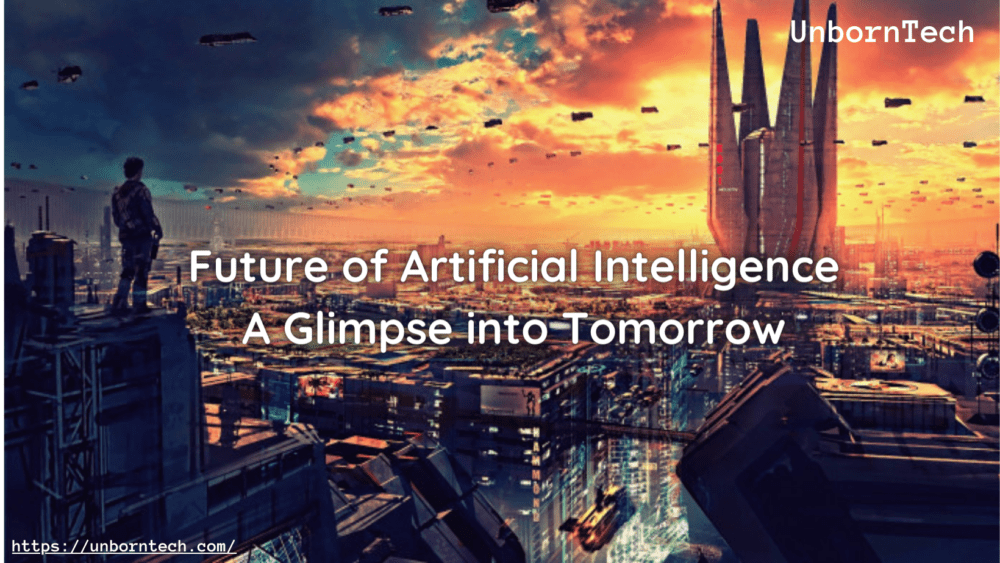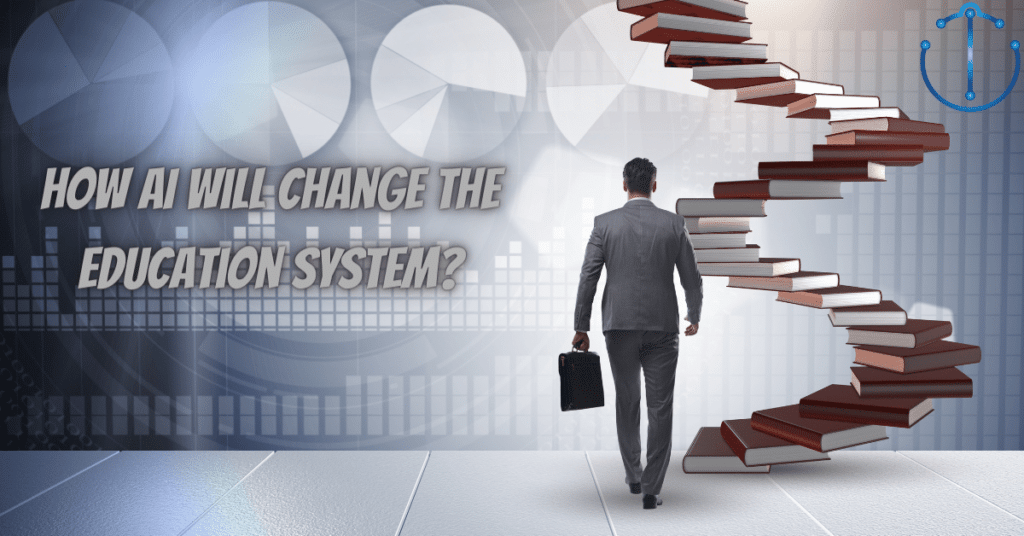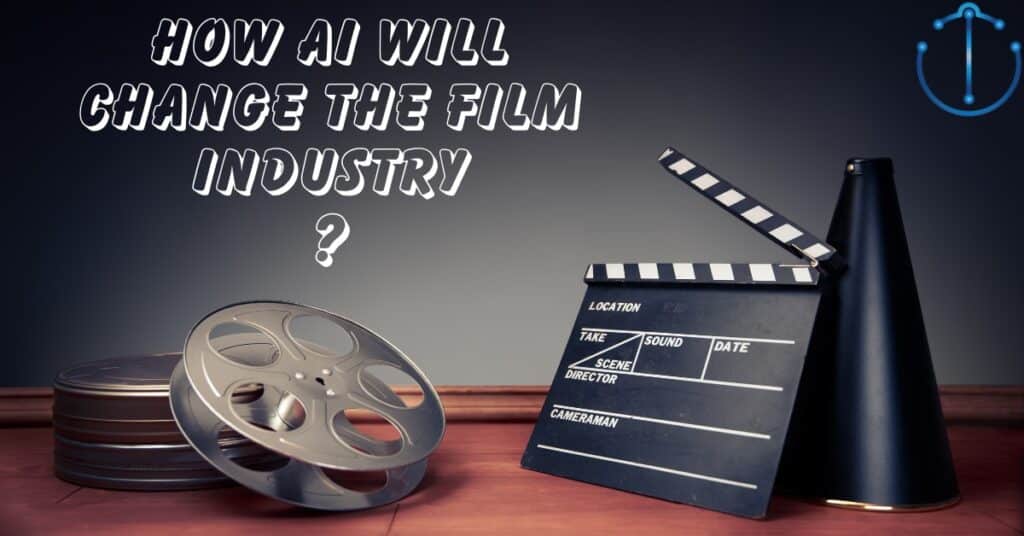In today’s ever-evolving landscape, artificial intelligence has revolutionized virtually every sector. From personalized recommendations to in-built interfaces, AI’s transformative impact is undeniable.
In this blog post, we delve into the profound interaction between AI and User Experience (UX) design.
We explore how AI is shaping the future of UX, making interactions feel less robotic and more accustomed to human thoughts and emotions.
Table of Contents
10 Ways AI Will Transform the UX Design Field In The Future
Here are the 10 transformative ways AI will shape the future of UX design.
1. Personalization Will Be Turned Into Hyper-Personalization
In the future of UX design, personalization will step into “hyper-personalization” territory. AI and machine learning will enable UX designers to tap into real-time user data on a whole new level.
Forget about basic demographics; AI dives deep into individual behaviors and preferences.
AI will analyze how users will behave and what they will like, adjusting layouts, content, and suggestions accordingly. It will be like having a UX design that’s truly yours, making the experience much more satisfying and engaging.
2. Anticipatory Designs Will Be More Resourceful
Looking ahead, UX design will get even smarter with Anticipatory Designs. AI algorithms will predict what users need before they ask, making things easier.
Imagine getting helpful suggestions or quick access to what you use most, all without searching. It’s like a design that knows you well, making your experience smoother and more enjoyable.
3. Image and Video Recognition Will Be Much More Advanced
In the future, advancements in natural language processing and computer vision will redefine user interactions.
Voice-controlled interfaces, already familiar, will become even more precise and capable of handling complex tasks.
Gesture-based interfaces, responding to hand movements and body language, will reduce dependence on traditional input methods.
AI-powered technologies, like computer vision and image recognition, will create visually captivating UX designs. They’ll analyze images, identify objects, and generate dynamic visual effects based on user interactions.
4. The Phase of Ideation will be much better
In the future, AI will revolutionize the ideation phase, a crucial step in the Design Thinking process.
AI algorithms will analyze design trends and successful interfaces, suggesting elements and layouts proven effective. This guidance will inspire designers, showcasing what resonates with users.
Furthermore, AI-powered content generation tools will assist in brainstorming engaging textual ideas, from headlines to product descriptions.
5. The Generative Design Process Will Be Much Smoother
In the future, AI will make generative design a breeze. It’s like having a helpful assistant that generates multiple design options while following your rules.
Designers can explore new solutions effortlessly, thanks to smart algorithms. This makes the design process smoother and more efficient.
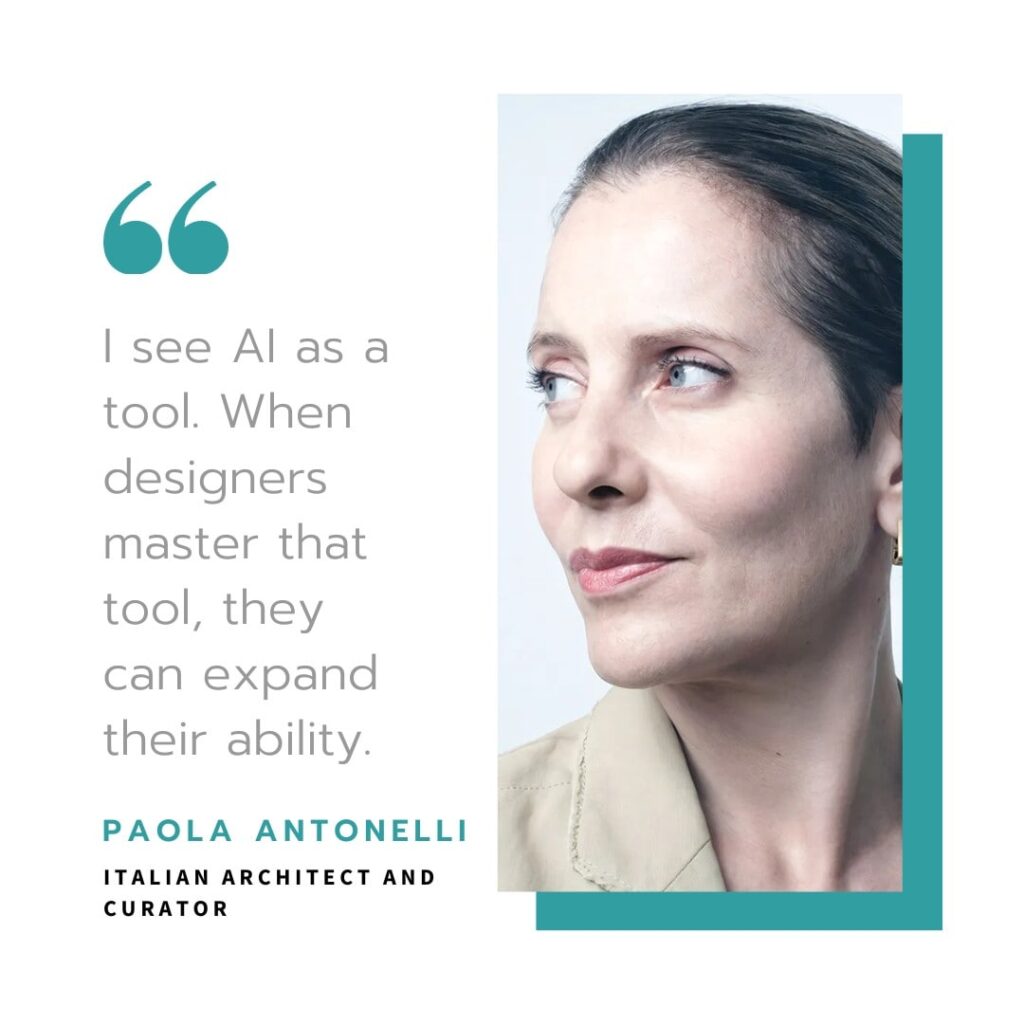
6. The User Testing Process Will Be Enhanced
In the near future, AI will revolutionize user testing, enhancing its efficiency and effectiveness. This vital part of the design process, often resource-intensive, will benefit from AI automation.
AI algorithms will automatically conduct tests, providing designers with invaluable feedback.
Furthermore, AI will analyze user feedback, gauge sentiments, and interpret usability data, delivering insights for iterative improvements.
AI’s ability to generate diverse test scenarios and predict usability issues based on design parameters will optimize testing, saving time and resources.
7. Work Efficiency Will Be Enhanced
In the future, AI-powered automation will supercharge work efficiency in the design realm.
Designers will harness AI to automate repetitive chores, like content creation, data analysis, and prototyping. By delegating these tasks, designers will gain more time for creative and strategic pursuits.
This newfound efficiency will empower designers to craft superior experiences within tighter timeframes.
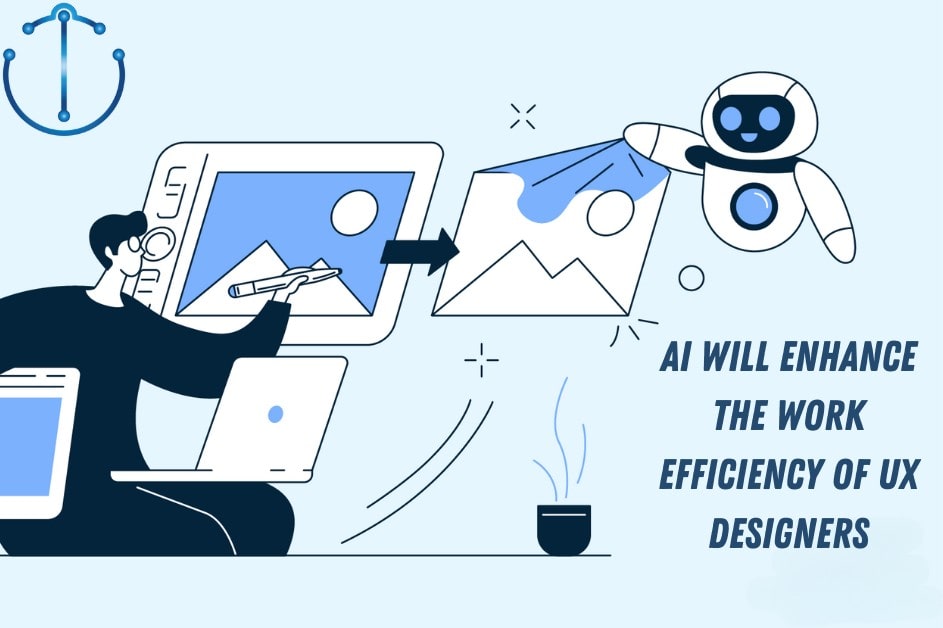
8. Data-driven Insights Will Be More Valuable
In the near future, AI’s data-crunching skill will strengthen the worth of data-driven insights. AI algorithms will examine through vast user data, unveiling intricate patterns, behaviors, and preferences.
These insights will be a goldmine for designers, guiding them to craft tailored, personalized experiences.
Designers will gain a profound understanding of what resonates with users, fostering informed design decisions that put user needs at the forefront.
These insights will fuel the creation of user-centered, intuitive designs.
9. The Prototyping Phase of UX design Will Be More Efficient
In the future, AI will turbocharge prototyping in UX design. AI-powered tools will swiftly transform concepts into interactive prototypes, expediting design cycles. Automation of placeholder content creation and dynamic prototypes will offer a more realistic representation, enhancing user feedback accuracy and making the prototyping phase incredibly efficient.
10. User Engagement Level Will Be Much Greater
Soon, AI will heighten user engagement through conversational interfaces.
AI-powered chatbots and voice assistants, driven by Natural Language Processing (NLP), will encourage human-like interactions, bridging the gap between users and technology.
Tailored responses and engaging conversations, a trademark of AI, will immerse users in enriching and intuitive experiences.
Conclusion – The Future of UX Design
The integration of AI into UX design promises a profound transformation in the digital realm.
As AI technology advances, it becomes an integral part of the design process, enhancing designers’ ability to craft intuitive and effective user interfaces.
This union offers a future where personalization reaches unprecedented levels, user behavior predictions become the norm, and automation liberates designers for strategic creativity.
The symbiotic relationship between AI and UX design holds the key to a brighter, more user-centric future, encouraging loyalty, satisfaction, and innovation.
Frequently Asked Questions (FAQs)
What is the role of AI in UX design?
AI plays a crucial role in UX design by enhancing personalization, automating tasks, providing data-driven insights, and fostering more engaging user experiences.
No, AI complements UX designers by automating repetitive tasks, allowing designers to focus on creativity and strategy.
How does AI enhance user engagement in UX design?
AI enables conversational interfaces and personalized responses, creating more engaging and intuitive user interactions.
What is the future of AI in UX design?
The future holds promise for AI in UX design, with even smarter personalization, improved efficiency, and seamless integration, encouraging a more innovative, user-centric digital landscape.
What is AI in UX?
AI in UX refers to the integration of artificial intelligence technologies into the user experience design process.
Will AI replace UX researchers?
AI will not replace UX researchers but will complement their work. AI can automate data analysis, allowing researchers to focus on interpreting results and making informed design decisions.

